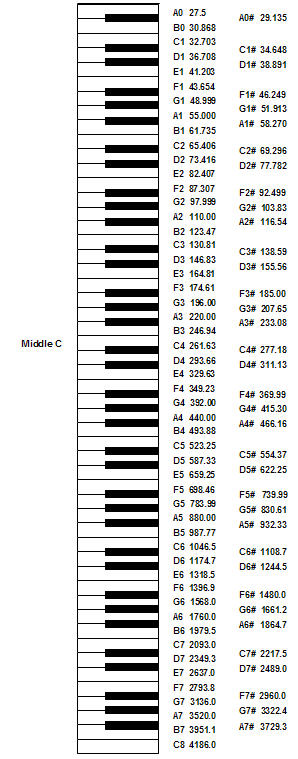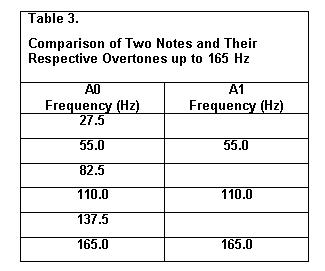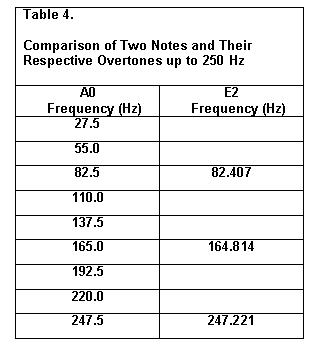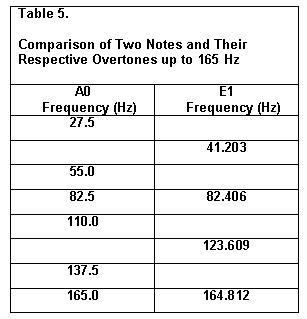|
|
from
the
Vibrationdata Piano Page
|
| See All
88 Keyboard Frequencies! 1. At what point does a noise become a musical tone? 2. When do a series of tones become a melody? 3. When do a series of noises become a percussive tone with no pitch? 4. What is the strongest natural structure for music? 5. Just as copyrights there are moral rights, who has the moral right to determine what actually is music 6. How important or unimportant is the tension and release factor in music? |
|
SOUND FILES
10 secs of A = 440 Hz. https://www.youtube.com/watch?v=rFOl-9SNxLY
Kawai Piano (not perfectly tuned)
piano_middle_C.mp3
piano_C_sharp.mp3
piano_D.mp3
piano_D_sharp.mp3
piano_E.mp3
piano_F.mp3
piano_F_sharp.mp3
piano_G.mp3
piano_G_sharp.mp3
piano_A.mp3
piano_A_sharp.mp3
piano_B.mp3
Sound Files for Ratios
piano_octave_A_A.mp3
piano_twelfth_A_E.mp3
piano_fifth_A_E.mp3
piano_fourth_A_D.mp3
piano_Major_Third_A_C_sharp.mp3
piano_Major_Sixth_A_F_sharp.mp3
Click Here:
out of tune pianos - BEWARE of the
SHREDDER!"
http://www.youtube.com/watch?v=PJzG7CSYg3U



